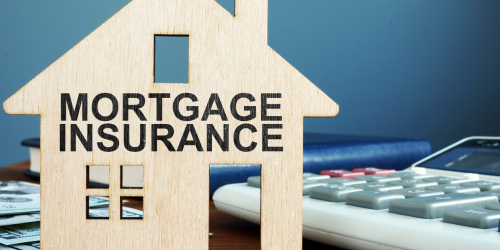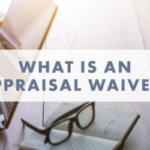
When buying a home with less than 20% down, private mortgage insurance (PMI) is often required. PMI protects lenders in case of default, but for borrowers, it’s an additional cost that needs to be factored into monthly mortgage expenses.
Borrowers typically have two common PMI payment options:
- Monthly PMI Premiums – A small monthly fee is added to your mortgage payment, requiring less upfront cash.
- Single PMI Premium – A one-time, non-refundable payment is made at closing, eliminating the monthly PMI cost.
But which option makes the most financial sense for you? You need to start with the math. Let’s break it down by comparing a $51.17 monthly PMI premium to a $2,450 single premium policy and answering some key questions.
What Are the Cost Differences Between Monthly and Single-Premium PMI?
If you choose monthly PMI, you’ll pay $57.17 per month until your loan balance reaches 78% of your home’s value—which takes about 118 months (9.83 years). Over that period, your total PMI cost would be:
$57.17 × 118 months = $6,746.06
If you opt for single-premium PMI, you pay $2,450 upfront, eliminating PMI from your monthly mortgage payment.
While single-premium PMI results in a lower monthly payment, it requires a larger cash investment at closing. Monthly PMI spreads the cost out over time but could result in a higher overall cost if the PMI stays in place for many years.
How Long Do You Need to Keep Your Loan to Break Even on Single-Premium PMI?
To determine whether the single premium is worth it, you need to find the breakeven point—the number of months it takes for the accumulated monthly PMI payments to match the upfront cost:
2,450÷57.17=43 months(≈3.6 years)2,450 \div 57.17 = 43 \text{ months} (\approx 3.6 \text{ years})
If you sell or refinance before 43 months, paying PMI monthly costs less than the single premium.
If you keep the loan longer than 43 months, the single premium saves you money in the long run.
How Can Interest Rates Affect Your PMI Choice?
Interest rate trends play a crucial role in deciding between monthly and single-premium PMI.
- If rates are low, refinancing is unlikely, meaning a single premium might be a better investment because you’ll likely keep the loan longer.
- If rates are high (as they are today), refinancing in the future may be more likely, making monthly PMI a safer option since you won’t be locked into a large upfront cost.
Since today’s rates are elevated, many borrowers may find it beneficial to pay monthly PMI with the option to refinance later.
How Does Home Appreciation Impact PMI?
Your PMI requirement is tied to your loan-to-value (LTV) ratio. If your home’s value increases quickly, your loan balance may reach 78% of the home’s value sooner, automatically canceling monthly PMI.
Current forecasts predict 2-6% annual home appreciation for 2025, which means many homeowners could see their PMI drop off earlier than projected. If you believe your home value will rise significantly, choosing monthly PMI may save you money in the long run.
How Do Your Personal Plans Affect PMI Choice?
Your long-term housing plans should also influence your PMI decision.
- Do you plan to sell or move within a few years? If so, monthly PMI avoids a large upfront cost you may not recover.
- Are you staying in the home long-term? If yes, a single premium may save you money over time.
If there’s uncertainty about your future plans, monthly PMI provides more flexibility.
Are There Other PMI Options Besides Monthly and Single Premiums?
Yes! While most borrowers choose monthly borrower-paid PMI (BPMI) or single-premium PMI, there are other options:
- Refundable Single-Premium PMI – Allows for a partial refund if the loan is paid off early.
- Split-Premium PMI – Requires a smaller upfront payment while also reducing the monthly premium.
- Lender-Paid PMI (LPMI) – The lender pays the PMI cost in exchange for a slightly higher mortgage interest rate.
However, the vast majority of borrowers end up selecting monthly or single-premium PMI because of their straightforward structure and flexibility.
What’s the Best PMI Option for Most Borrowers Right Now?
Given today’s higher interest rates, potential refinancing opportunities, and rising home values, monthly PMI is the safer choice for most borrowers.
Opting for monthly PMI keeps more cash in your pocket at closing, provides flexibility if you refinance, and allows you to benefit from potential home appreciation that could remove PMI sooner than expected.
However, if you’re confident you’ll keep the loan long-term, a single premium could offer significant long-term savings.
Still Have Questions? Let’s Talk!
Not sure which PMI option is best for your situation? Reach out today, and we’ll analyze your financial goals to ensure you make the best mortgage decision.




